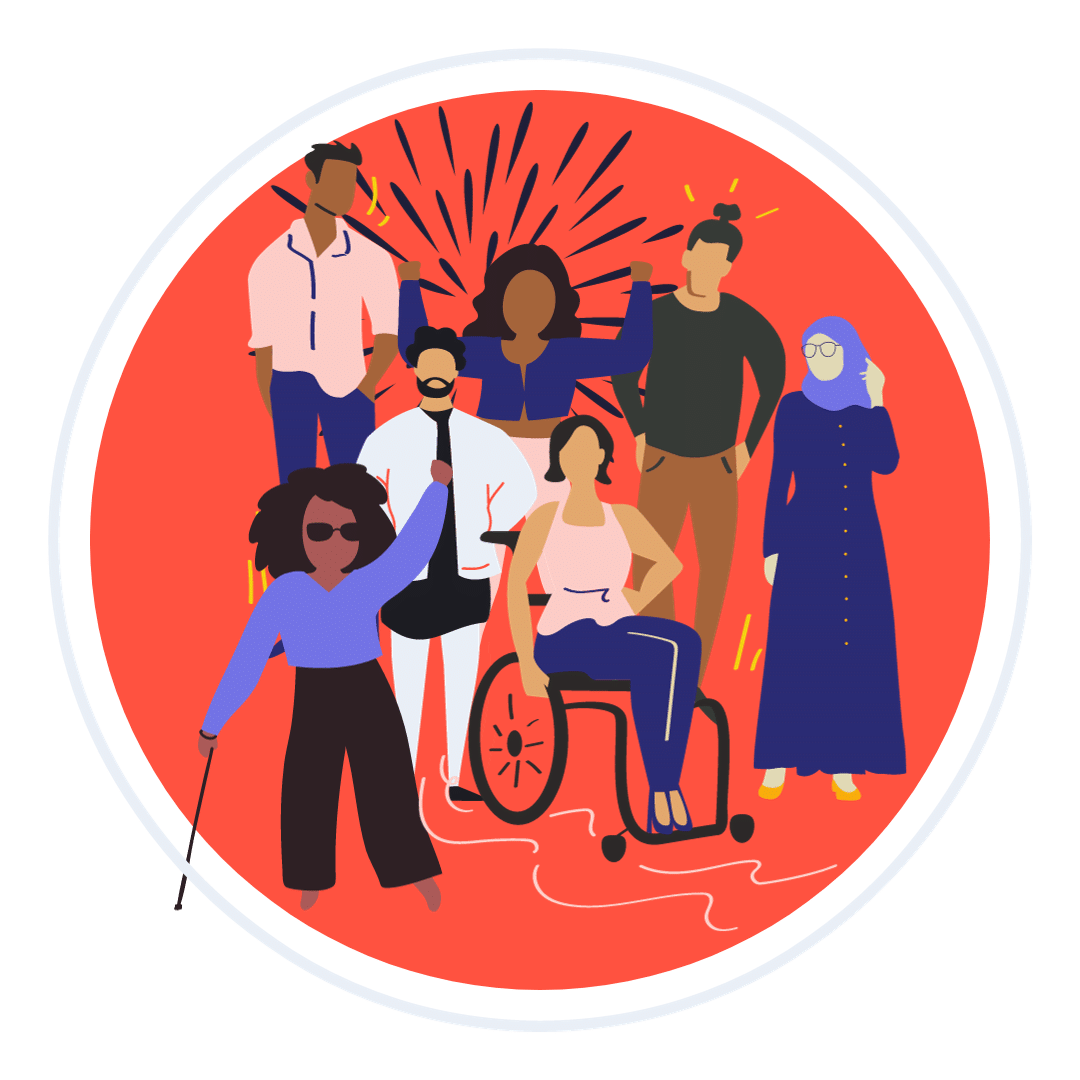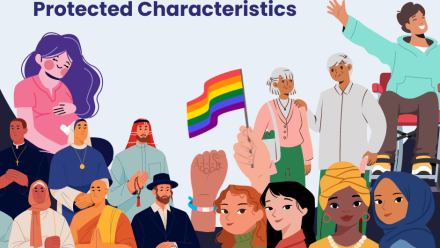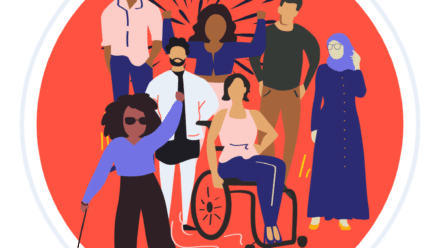Embedding intersectionality and feminism in your approach to D&I
20th October 2023 by Ellie Thompson
Who coined the term intersectionality?
As always when we discuss intersectionality, it’s vital to start by recognising the origins of the term. It’s particularly timely as October marks Black History Month in the UK and this year’s theme is ‘Saluting Our Sisters’. The concept of intersectionality was originally introduced by Dr Kimberlé Crenshaw: “the intersectional experience [of a Black woman] is greater than the sum of racism and sexism”.
If you’ve read our exploration of exactly why intersectionality is important in the workplace, you’ll know that the intersectionality lens needs to be applied to every aspect of your equity, diversity and inclusion strategy; and your gender diversity and equality strategy is no exception.

Why intersectionality is important for gender equity in the workplace
Crenshaw’s work directly highlights exactly why intersectional feminism is the only authentic approach to feminism. There is no homogenous experience for “women in the workplace” and, if you pretend there is, you’ll find yourself exclusively highlighting the experiences of white, straight, non-disabled and middle-class women. The latest Women in the Workplace report (Mckinsey, 2023) highlighted the fundamental disparities between the experiences of women at work. Across surveyed workplaces, for every 100 men promoted to manager, 87 women were promoted. But the averages across ethnicity vary hugely; there are 91 white women for every 100 men, but only 73 women of colour, and only 54 Black women.
The report also highlights the intersectional barriers to psychological safety, for example, masking or code-switching. More and more, we’re seeing a recognition of the fact that the workplace was purposefully designed to welcome and accommodate one very specific type of employee and that employee rarely exists in reality. Within neurodiversity inclusion, we’re working hard to create spaces where neurodiverse employees no longer have to mask- or hide their true emotions, identities and personalities- in order to fit in. The burden of masking isn’t felt equally; it’s amplified for those of us who experience intersectional marginalisation. For example, autistic women are more likely to mask at work than both non-autistic women and autistic men. It’s absolutely vital to recognise and welcome the complex and intersecting barriers that prevent employees from feeling like the workplace is somewhere they can be their true selves.
How to take an intersectional approach to gender equity in the workplace
Start by recognising that intersectional barriers already exist in your workplace. You will already have diversity; what you might not have is intersectional inclusion. By celebrating and centering lived experience, you’ll begin to create a space in which employees start to feel safer sharing their whole identities in the workplace. And nowhere is it more important to recognise and respect that lived experience than in your diversity, equity and inclusion initiatives.
“When planning D&I initiatives, I’d suggest starting by genuinely listening to the people you want to engage through having open and courageous conversations.” Says Maddy Woodman, a strategic consultant and Head of Products and Learning Innovation at PTHR. “It’s essential to set aside any defensive instincts because, from time to time, well-intentioned designs might unintentionally miss the mark. And that’s perfectly okay- it’s all part of the learning process. The key is to use those moments as opportunities for growth and improvement, ensuring that our future initiatives become even more inclusive and effective.”
We recently hosted a panel discussion unpacking the realities of intersectional feminism. In the session, Marcia Brissett-Bailey shared the one thing she’d want to see organisations do to integrate intersectional feminism in their working practices: “Start from a place of wanting to know, and not being fearful of asking, for example, in conversations about race: how do we make it inclusive for everyone to feel safe? You’ve got to get uncomfortable to be comfortable. You’ve got to ask the questions. And sometimes you have to invest! You can’t just do it yourself. HR doesn’t know everything. Bring someone in who can establish the roots that will enable you to build up intersectional inclusion.”
What’s next?
You don’t have to do everything yourself
As Marcia says, recognise that you don’t know everything, and that’s perfectly normal! Instead, look to organisations that provide the guidance and training that will support you to create safer, more intersectionally inclusive workplaces for everyone. Focus on the identity characteristics that have, historically, been most excluded from the workplace, such as:
- Neurodiversity and disability (for example, D&A’s Inclusive Recruitment and Workplace Adjustments Consultancy Support)
- LGBTQ+ people (for example, LGBTQ Inclusion and Allyship training from LGBT Switchboard)
- Race, class and culture (for example, D&A’s upcoming Neurodiversity: Race and Realities training course)
Engage in intersectional conversations
Our free panel series Labels and Legacies: Embracing Intersectionality with Atif is all about making conversations about intersectionality both meaningful and accessible. Watch the series on-demand on our YouTube and keep an eye on our events page for more D&A panels, presentations and webinars.


